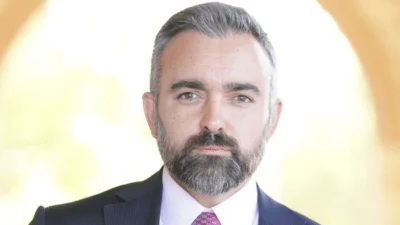Spectral Sciences, Inc. and Sceye have received $850,000 in funding from NASA to develop a new environmental monitoring system using stratospheric technology. The system will combine Sceye’s High-Altitude Platform Systems (HAPS) with advanced hyperspectral sensors from Spectral Sciences to provide real-time, high-resolution data for detecting wildfires, methane leaks, vegetation changes, volcanic activity, and extreme weather.
Sceye’s HAPS are solar- and battery-powered airships designed to remain above a specific area for weeks or even months. This allows for continuous observation of large regions, which is not possible with satellites or fixed-wing aircraft that have limited coverage times. When equipped with Spectral Sciences’ sensors, the platform can deliver pixel-level monitoring for precise tracking of environmental hazards and resource management in sectors like agriculture, mining, and energy.
“Access to continuous, high-quality environmental data is key to ensuring food security, energy reliability, and the protection of natural resources,” said Mikkel Vestergaard Frandsen, CEO and Founder of Sceye. “By combining Sceye’s platform with Spectral Sciences’ advanced sensors, we are building a system that gives decision-makers the early warnings and detailed insights needed to take action when it matters most.”
Jonathan Stock, Chief Scientist for Innovation at NASA Intelligent Systems Division added: “Continuous, high-resolution, real-time imaging of Earth will help first-responders provide timely disaster mitigation and dramatically improve the data we use to test forecast models for a wide range of Earth events and disasters.”
Dr. Marsha J. Fox, Vice President of Operations and Principal Scientist at Spectral Sciences stated: “Access to continuous, high-quality data from the stratosphere will transform how we understand and safeguard our environment. With earlier warnings and more precise monitoring of crops, natural resources, vegetation cycles, volcanic plume events, and ephemeral phenomena, we can take targeted actions that benefit communities, ecosystems, and economies alike.”
The NASA funding comes through its Small Business Innovation Research (SBIR) program aimed at advancing technologies that support resilience goals.
Sceye has previously conducted successful real-time methane detection missions from the stratosphere in partnership with NASA and the U.S. Geological Survey (USGS). The company has completed over 20 flights so far as it works toward commercializing HAPS technology for climate monitoring and global connectivity.
Founded in 2014 near Albuquerque in New Mexico—and also operating in Switzerland—Sceye specializes in stratospheric platforms intended for universal connectivity as well as environmental applications such as climate monitoring and disaster prevention. Spectral Sciences focuses on remote sensing technologies including hyperspectral imaging systems used across environmental science and defense sectors.








